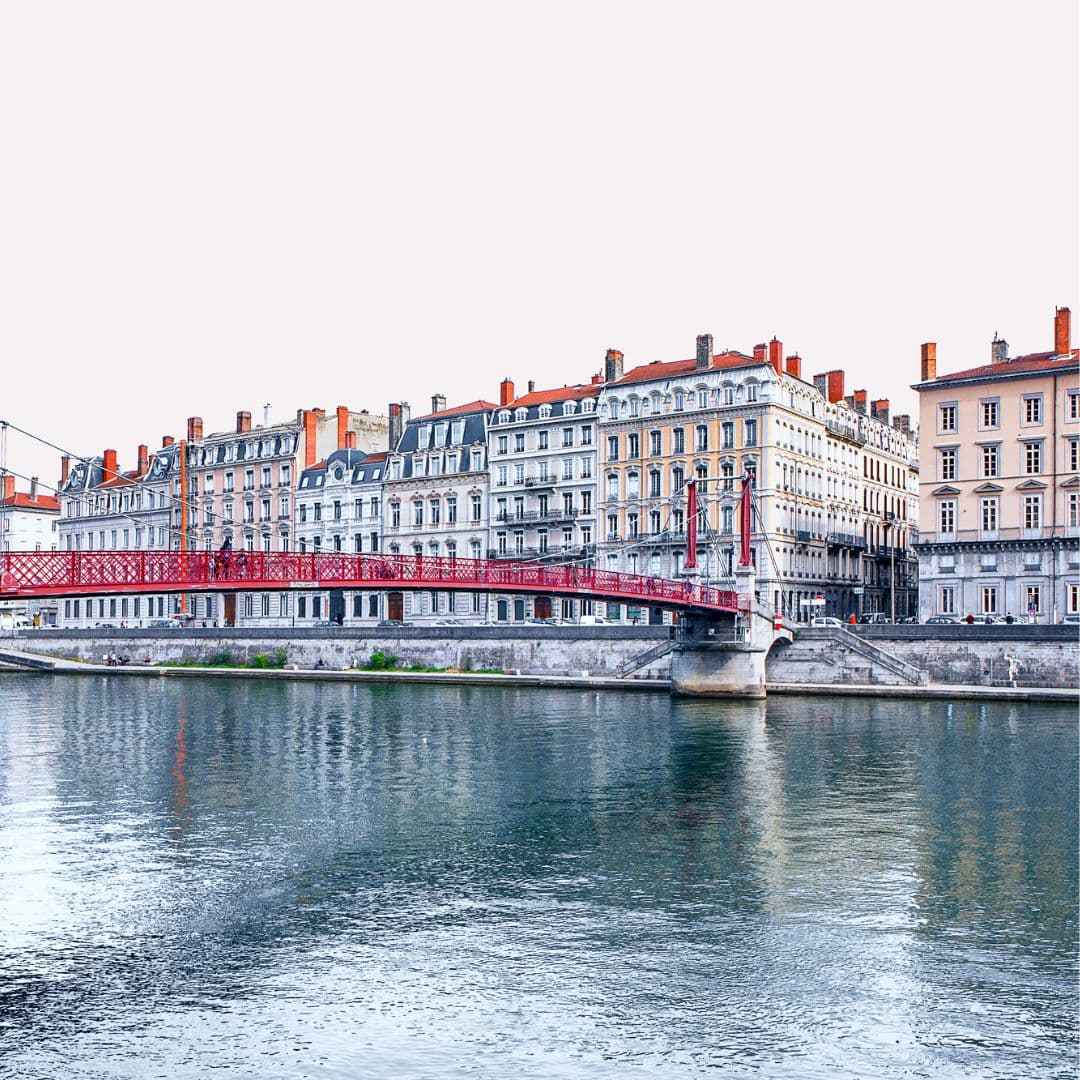
Ainay
What price per square meter?
Apartment
NC
House
NC
Apartment
Price per m²
€6,180
House
Price per m²
NC
Estimate your property according to its features
With its ‘voûte’, its basilica and the remnants of its ramparts, the Ainay quarter reveals its riches on each street corner. BARNES Lyon gives you the guided tour of this district, and all the other districts of Lyon.
The history of the Ainay district
Originally the stamping ground of Lyon's aristocracy from the 18th century and later the emerging middle class in the 19th century, this small corner of the Presqu’île has undergone a radical transformation yet still retained its character. Located to the South of Place Bellecour and to the North of Perrache, the district is comprised of dwellings, most of which date from the 19th century. It has developed around the Saint-Martin-d’Ainay basilica, testimony to Romanesque art, built in the 11th century under the Restoration. This religious enclave was surrounded by ramparts, traces of which can still be found. Wealthy silk merchants settled here in the 18th century and, traditionally, Lyon's upper class took up residence in the large period apartments. While the facades do not appear ostentatious, wealth having to remain discreet, the interiors reflect the hidden opulence of those times. Today, even though many Lyon families remain loyal to this quarter, the population is now more diverse, made up of young executives and students.
In the streets of the Ainay district
Ainay has nonetheless been able to maintain its "village" spirit, so appreciated by its residents. But from one street to another, Ainay reveals its unique aspects.
The Victor-Hugo pedestrian precinct was conceived in the 18h century to connect Place Bellecour and Perrache train station with the advent of the railway. It remains the district's main street, characterized by numerous shops. Appreciated for its magnificent bourgeois buildings, this popular street has sadly lost its by-gone charm.
On the Saône side, the Quai Maréchal-Joffre is bordered by charming 19th century properties that afford superb views over the river and Fourvière. Majestic entrances, crowned facades and arched windows set the tone of the street. At numbers 6 and 7, the entrance to a château-like building dating from 1897 is set with two twin doors and finished by rounded columns supported by lions' heads. Bordered by weeping willows, the lower port has retained its cobblestones and the rail tracks that testify to its activity in former times as a port.
Parallel to the quay, rue Vaubecour, much less busy than rue Victor-Hugo, is home to many of the local shops, the district's life force.
Rue Sala is one of the district's oldest roads. Built along a Gallo-Roman route, it dates from 1504. In the 17th century, numerous convents and monasteries were established here in addition to the famous Cour des Fainéants, a small passage with a double entrance located between 29 and 31 rue Sainte-Hélène and 42 and 44 rue Sala.
Not far away, rue des Remparts d’Ainay follows the ancient ramparts and the "voûte d'Ainay", the site of an old gate into the abbey precinct, a legacy of the rich past of this historic quarter. Moving away from the Saône, once past rue Victor Hugo, the city reveals another face.
Many people associate the Ainay area with rue Auguste Comte, formerly the home of many antique shops and where household names in interior decoration, furniture and kitchen design have set up shop for some years now, as well as a number of art galleries: Home Autour du Monde, Hyggelig, Caravane, Bulthaup, etc. The even older Maison Germain, founded in 1660, republishes and trades in silk furnishing fabrics and wall coverings. Renowned for these brand names, rue Auguste Comte is also remarkable for its facades and its buildings, largely dating from the 19th century, with two to five floors, and its often monumental doors. In autumn, the shopkeepers open their doors onto a recently pedestrian street for the famous "Red Carpet" ("Tapis Rouge"). Brought to life and populated by a wealthy clientèle, the Auguste Comte district has many fans, who would not leave for anything in the world!
Close by, rue de la Charité is home to a former Villeroy townhouse, a 17th century Lyon family, the Museum of Fabrics and Decorative Arts, a collection of fabrics unparalleled anywhere in the world with 3 million exhibits representing the history of the textile trade, particularly pieces from the Lyon silk factories which are today threatened with closure.
Through its architectural heritage and its trading activities, the Ainay district, renowned for its quiet ambiance, is awaking from its beauty sleep.
Going out in the Ainay district
Numerous restaurants have chosen to set up here, such as the Comptoir d’Ainay,La Table de Suzanne, Cuisine et Dépendances Acte 2, and Café Comptoir Abel, to name but a few.
Schooling in Ainay
The district is home to public schools, including Jean Monnet, and a number of private schools: Saint Marc, Chevreul.
Close to Place Bellecour, the Ampère-Victor Hugo metro and the Perrache railway station, the Ainay district is ideal for city dwellers looking for a central location and a district with a strong identity and character.
Discover all the districts of the Presqu'île:
Your consultants in the sector
Demographic data
Ainay
HOUSING
Distribution of residences
5,712
Main residence
286
Secondary residence
662
Vacant property
14
Number of houses
6,603
Number of apartments
Number of rooms
Area
Year of construction
POPULATION
Age distribution
Total:10,762
Breakdown Male/female*
5,918
Women
4,844
Men
Composition of families
Children under 25
42%
1 child
36%
2 children
15%
3 children
6%
4 or more children
Household marital status: 2,989 married couples 6,312 cohabiting couples
EMPLOYMENT AND INCOME *
Socio-professional population category
Medium household income
$36,125.00
Medium household income





